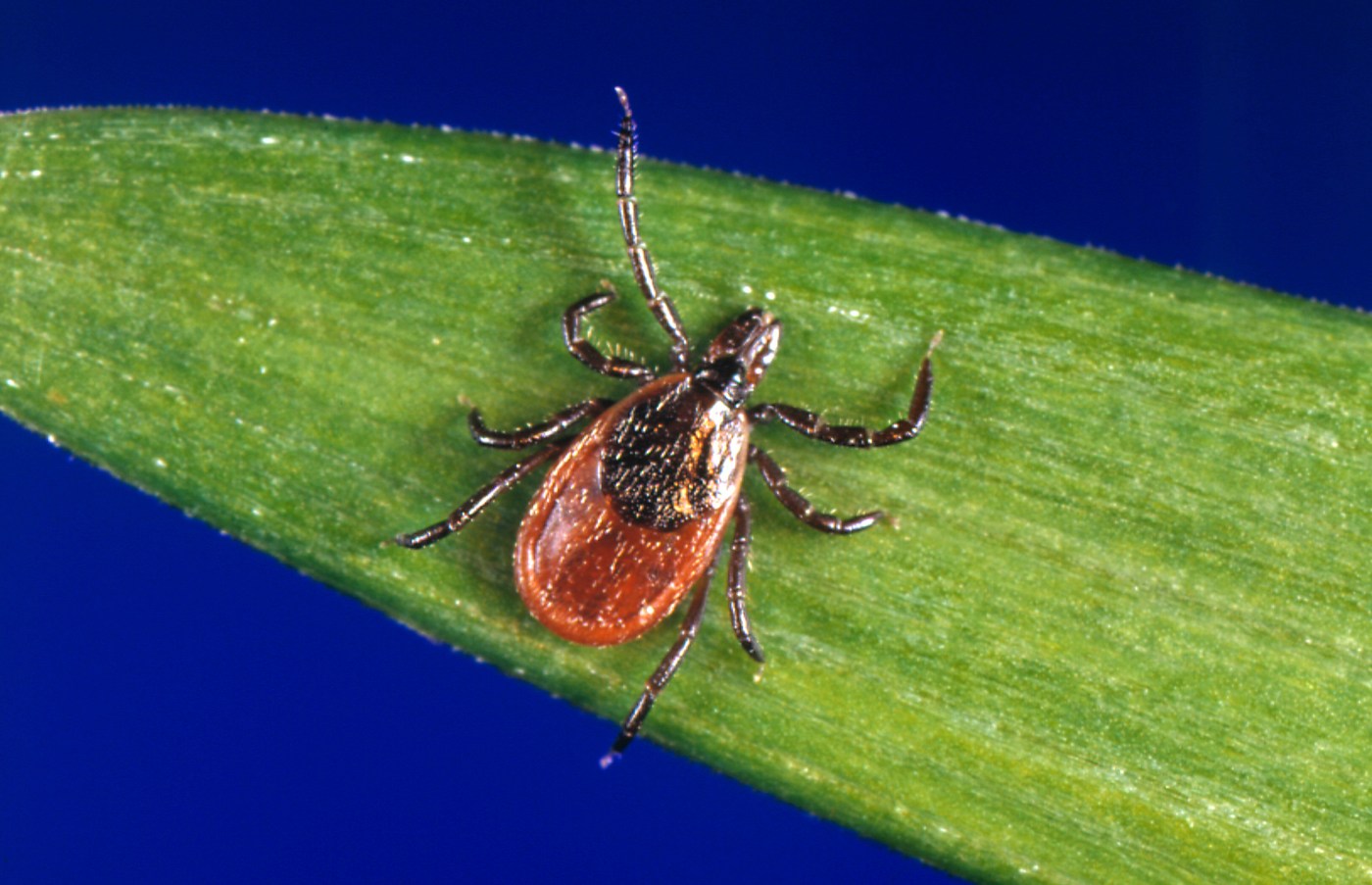
As the number of Lyme disease diagnoses climbs year by year, it’s also expanding its geographic footprint.
Though widely thought of as limited to the eastern United States, the disease has been reported in all states except Hawaii – and in the Western states, it’s most prevalent in California, the Centers for Disease Control says.
Still, California accounts for just a small fraction of U.S. cases. In 2023, there were more than 89,000 Lyme cases nationwide. New York had 22,000, Pennsylvania 16,000 and California only 109. And of those, about 30% were thought to have been contracted outside California, the state Department of Public Health says.
Here’s what to know about Lyme and how it spreads.
What is Lyme disease?
It’s a bacterial disease that in its initial stages presents as flu-like symptoms and a rash. Untreated, it can develop into a debilitating complex of symptoms including severe pain, fatigue and brain fog.
FILE – This undated photo provided by the U.S. Centers for Disease Control and Prevention shows a blacklegged tick. (CDC via AP, File)
It’s spread by the bite of a tick – specifically the blacklegged tick or the Western blacklegged tick.
What does the tick look like?
It’s a brown or reddish-brown bug, with its body roughly the size and shape of a sesame seed; it has eight legs and prominent mouthparts. When it’s engorged with blood, it’s many times the original size and can look like a small bean.
When and where am I most likely to pick up a tick?
In California, the highest risk is from late fall to early summer in northern coastal areas or on the western slope of the Sierra Nevada, the state’s Department of Public Health said.
In 2023, the last year for which data is available, the California county with the most cases was Santa Cruz, with 11, the department said.
Is there a tick repellent?
It is recommended that anyone who’s going to be outside in grassland or forest areas use an insect repellent with at least 20% DEET. Clothing and gear can be treated with a 0.5% permethrin spray, sold under names including Sawyer, Insect Shield and Ranger Ready.
Further advice: Wear long pants, long-sleeved shirts and high socks. If your outerwear is light-colored, it’s easier to see ticks and brush them off before they attach.
What’s the drill once I’m inside?
Tumble your clothes in a hot dryer for 10 minutes to shake off any ticks that might be crawling on them. Check yourself thoroughly – a shower is a good way to wash off loose ticks.
What if one is attached to me?
Related Articles
How Canadian wildfire smoke Is jeopardizing health across North America
How do you know when it’s the right time to say goodbye to a beloved dog?
California doctors successfully reattach a woman’s arm severed in train accident
When hospitals buy physician practices, prices go up
Keeping work from spoiling a vacation takes planning and the right phone settings
Pull it out. The advised way is to use a pair of fine-tipped tweezers, grip the tick as close as you can to your skin and pull straight back, without twisting it. Experts discount folk remedies such as coating the tick with petroleum jelly to make it let go.
If I was bitten, should I see a doctor?
Wait until you experience symptoms, which can take as long as 30 days to show up. It’s not a sure thing that you’re infected even if you were bitten; the tick must be attached for at least 24 hours to transmit the Lyme bacteria.
Early symptoms are like those of flu – fever, chills, headache, muscle ache – plus a “bulls-eye” rash in the area of the bite.
The treatment for Lyme involves confirmation with a blood test and then a course of antibiotics.